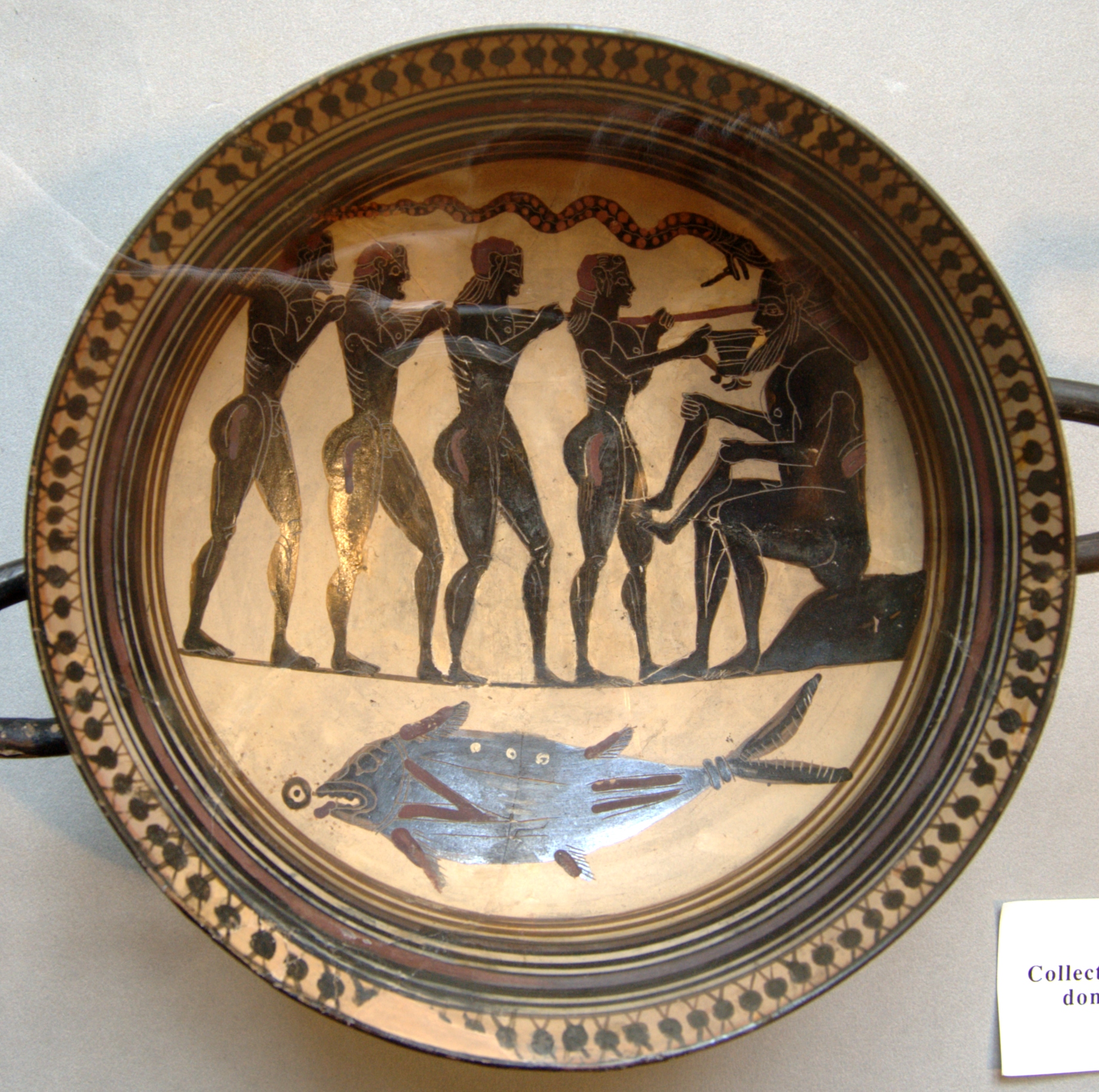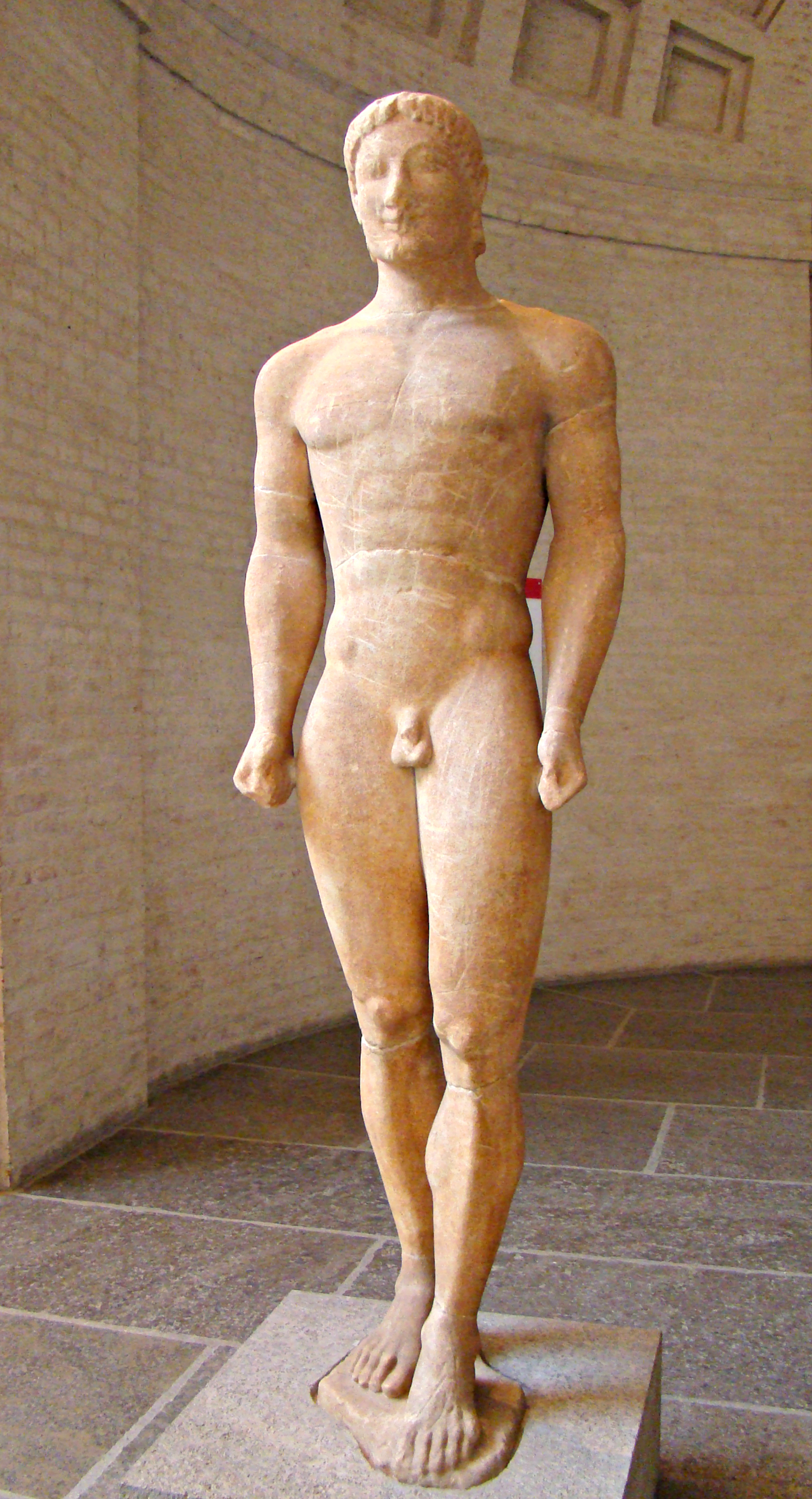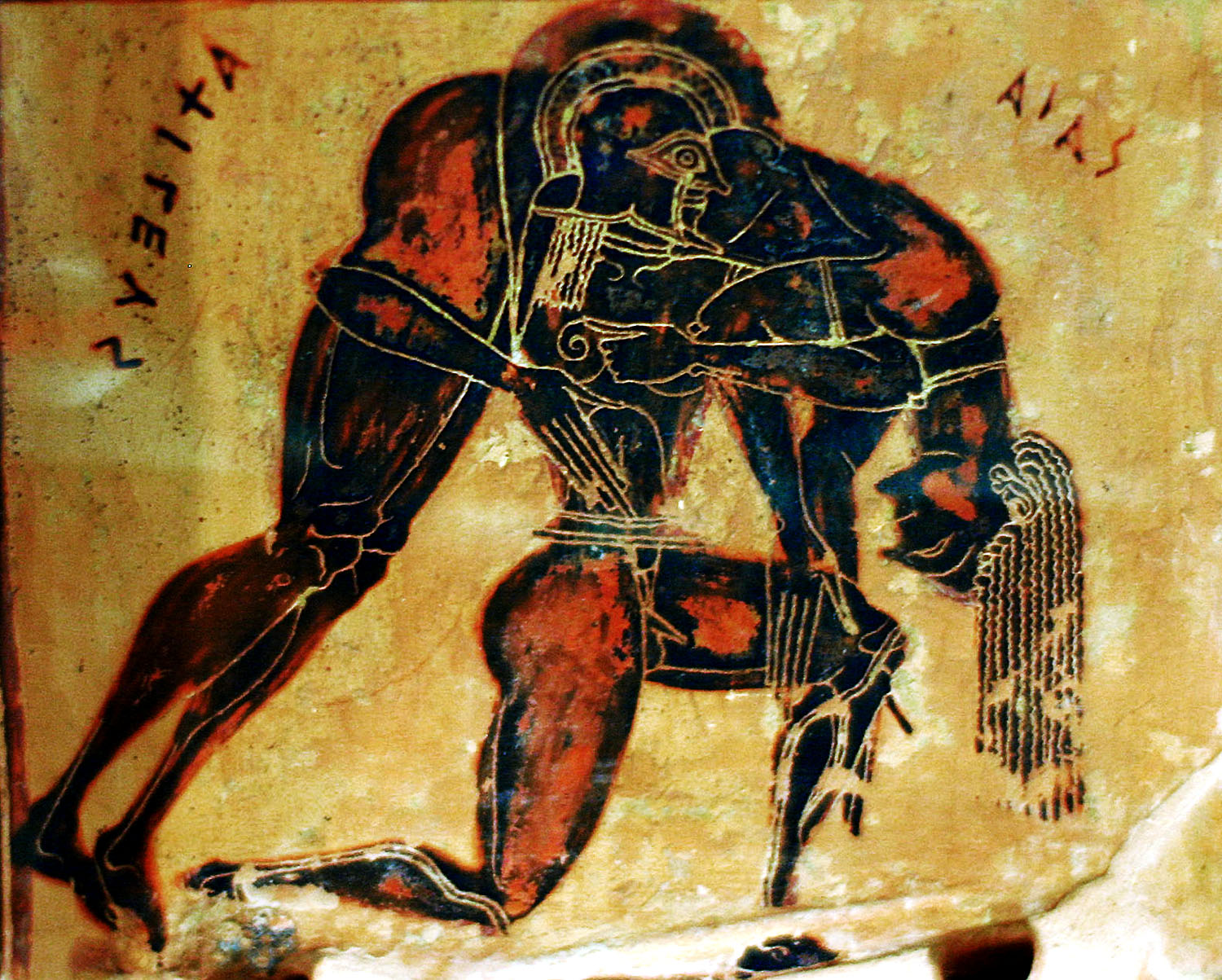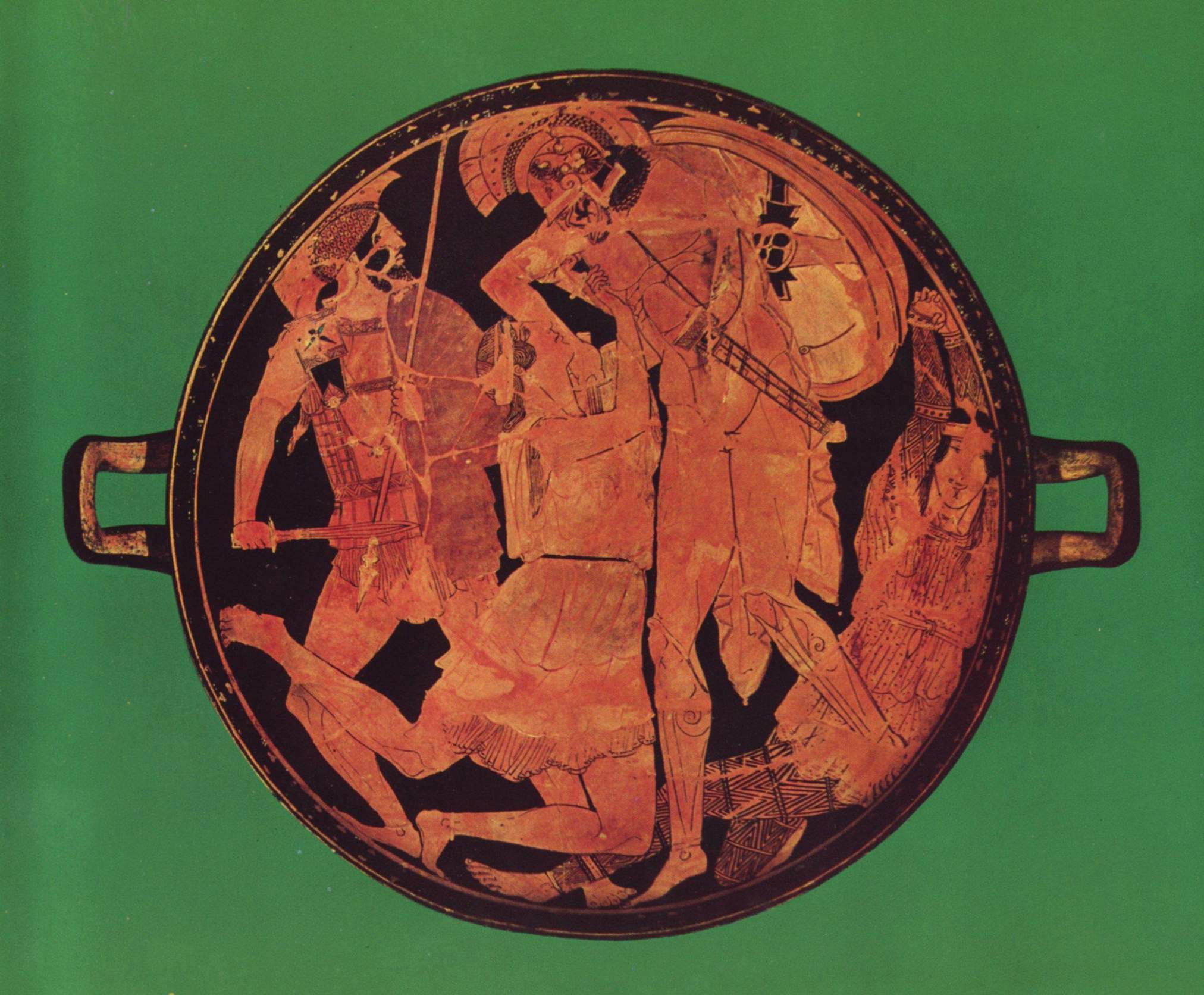
My purpose in focusing at the outset on Carl Robert’s appeal to Völkerpsychologie (albeit without acknowledgement) is twofold: to point out on the one hand its fundamentally anthropological outlook and on the other the far-reaching impact of this concept. “Riddled with conceptual and methodological problems” as it was, [10] Lazarus and Steinthal’s project laid out a new epistemological paradigm. It is against that paradigm that the underlying coherence of theoretical developments, which otherwise may appear unrelated, becomes evident: not only Durkheimian sociology, leading up to the “anthropology” of Louis Gernet, [11] but also the historical psychology of Ignace Meyerson, whose insights Vernant applied to the classical world, [12] as well as Saussure’s structural linguistics, [13] which is the basis for structural anthropology as well as semiotic approaches.
This adherence to a staunchly positivist approach is reinforced by statements such as: “the first necessary condition for the correct interpretation is to see correctly,” and “meaning becomes self-evident through a careful description.” [15]



The call for more “contextual” and historically grounded approaches to the monuments has been accompanied by attempts to reclaim in a postmodern vein what had become largely discredited fundamental principles of traditional art history, namely: stylistic analysis and the definition of “art” as the proper object of classical art history. As regards the first, Hölscher made a strong case for its importance already in the wake of the “structuralist” turn of the 1970s and 1980s: [37]
